How to Prepare for Cold Laser Therapy
Cold laser therapy, also known as low-level laser therapy (LLLT), is a non-invasive treatment that uses low-level lasers to stimulate healing in tissues. This therapy is commonly used to treat various conditions such as chronic pain, inflammation, and soft tissue injuries. To maximize the benefits of cold laser therapy, proper preparation is essential. Here’s a guide on how to prepare for your session.
Understanding Cold Laser Therapy
Before diving into preparation, it’s important to understand what cold laser therapy entails. Unlike high-power lasers used in surgical procedures, cold lasers are applied at a low intensity, causing no heat or damage to the skin. The therapy works by emitting photons into the tissues, which are absorbed by cells and converted into energy, promoting cellular repair and reducing inflammation.
Common Conditions Treated by Cold Laser Therapy
Cold laser therapy is versatile and can be used to treat a wide range of conditions. Understanding what can be treated with this therapy can help you determine if it is the right option for you. Keep in mind that according to Verywell Health, low-level laser therapy, typically at 600- to 1,000-nanometer wavelength, is best to increase blood flow and improve healing in injured tissues.
Sports Injuries
Athletes and physically active individuals often turn to cold laser therapy for the treatment of sports injuries. Common injuries such as sprains, strains, and tendonitis can benefit from the accelerated healing process that cold laser therapy promotes. By reducing inflammation and stimulating tissue repair, athletes can return to their activities more quickly and with less pain.
Skin Conditions
Cold laser therapy is also used to treat various skin conditions, including psoriasis, eczema, and acne. The anti-inflammatory properties of the therapy help reduce the redness and irritation associated with these conditions. Additionally, cold laser therapy can promote the healing of wounds and reduce scar tissue formation, making it a valuable tool in dermatology.
Post-Surgical Recovery
Patients recovering from surgery can benefit from cold laser therapy to speed up the healing process. The therapy aids in reducing post-operative pain and swelling, promoting faster recovery. By enhancing cellular repair and reducing inflammation, cold laser therapy can help patients recover more comfortably and quickly.
Consultation and Medical History
The first step in preparing for cold laser therapy is a thorough consultation with your healthcare provider. Discuss your medical history, including any chronic conditions, medications, or previous treatments. This information helps your provider determine if cold laser therapy is suitable for you and tailor the treatment to your specific needs.
Skin Preparation
On the day of your appointment, ensure that the treatment area is clean and free from any lotions, oils, or makeup. These substances can interfere with the laser's penetration into the skin. It’s also advisable to wear loose, comfortable clothing that allows easy access to the treatment area.
Hydration
Staying well-hydrated is crucial before undergoing cold laser therapy. Drinking plenty of water helps keep your tissues hydrated, which can enhance the effectiveness of the treatment. Proper hydration also aids in the body’s natural healing processes.
Avoiding Certain Substances
Certain substances can affect the efficacy of cold laser therapy. For instance, avoid taking anti-inflammatory medications such as ibuprofen before your session unless advised otherwise by your healthcare provider. These medications can interfere with the body's natural inflammatory response, which is a part of the healing process stimulated by cold laser therapy.
Mental Preparation
Mental preparation is just as important as physical preparation. Approach your therapy sessions with a positive mindset and realistic expectations. While cold laser therapy can provide significant relief, it is not a miracle cure and may require multiple sessions to achieve the desired results.
Post-Treatment Care
After your session, follow any post-treatment care instructions provided by your therapist. This may include avoiding strenuous activities, applying ice to the treated area if needed, and staying hydrated. Consistent post-treatment care can enhance the overall effectiveness of cold laser therapy and promote faster recovery.
Preparing for
cold laser therapy involves a combination of consultation, proper skin care, hydration, and mental readiness. By following these steps and understanding the various conditions that can be treated with this therapy, you can ensure that you are fully prepared to reap the benefits of this innovative treatment. Remember, always communicate openly with your healthcare provider to address any concerns and tailor the treatment to your needs. For more information on cold laser therapy and how we can help, call Dr. Mark Neumann today!
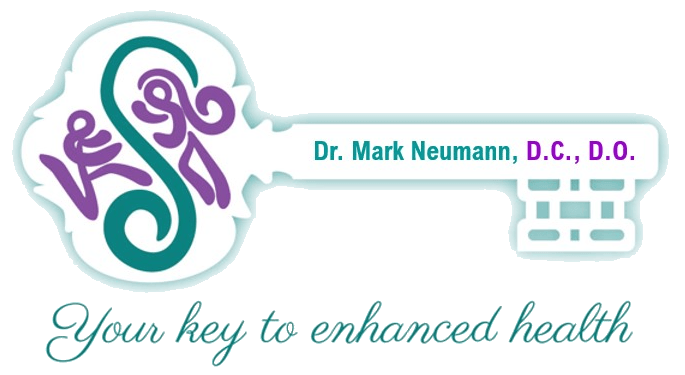
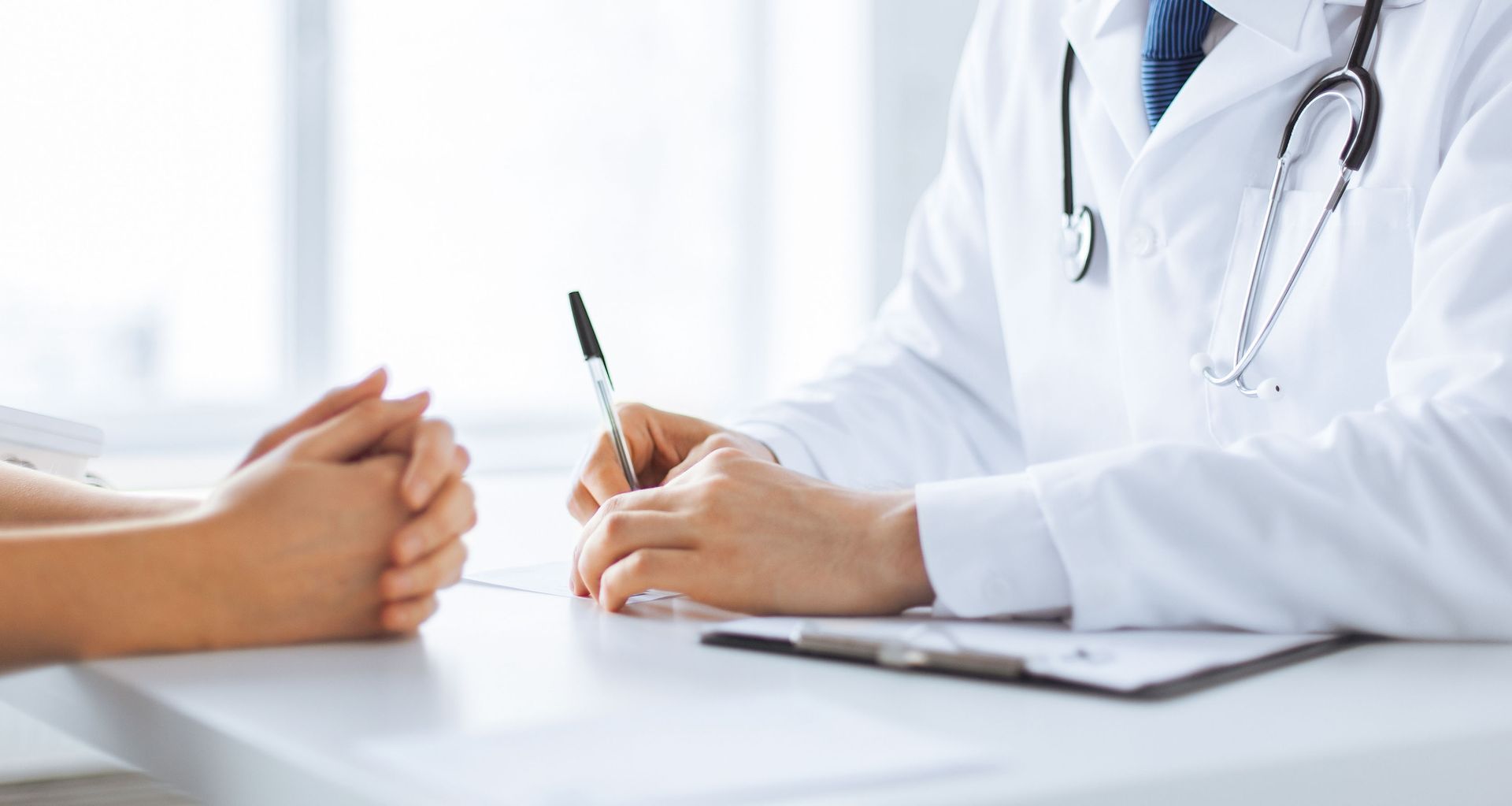

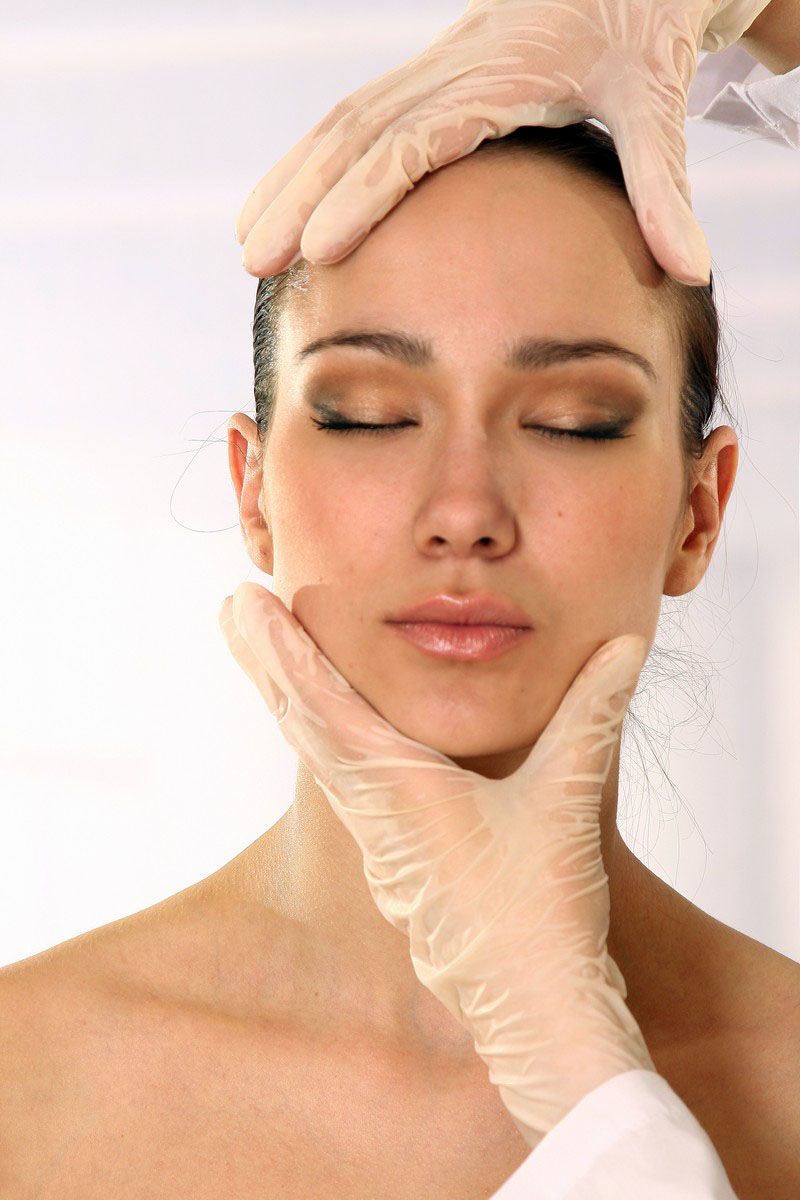
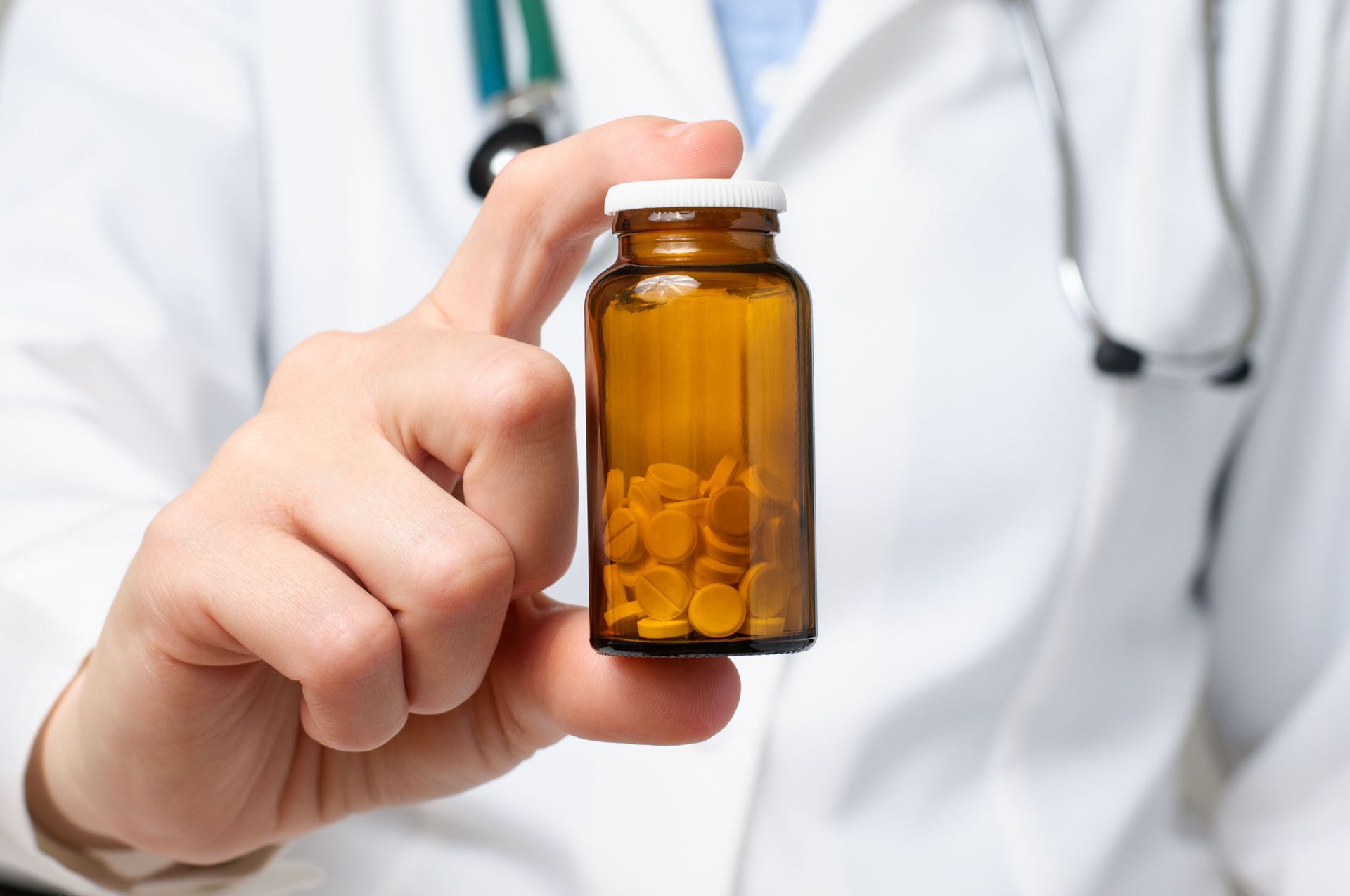
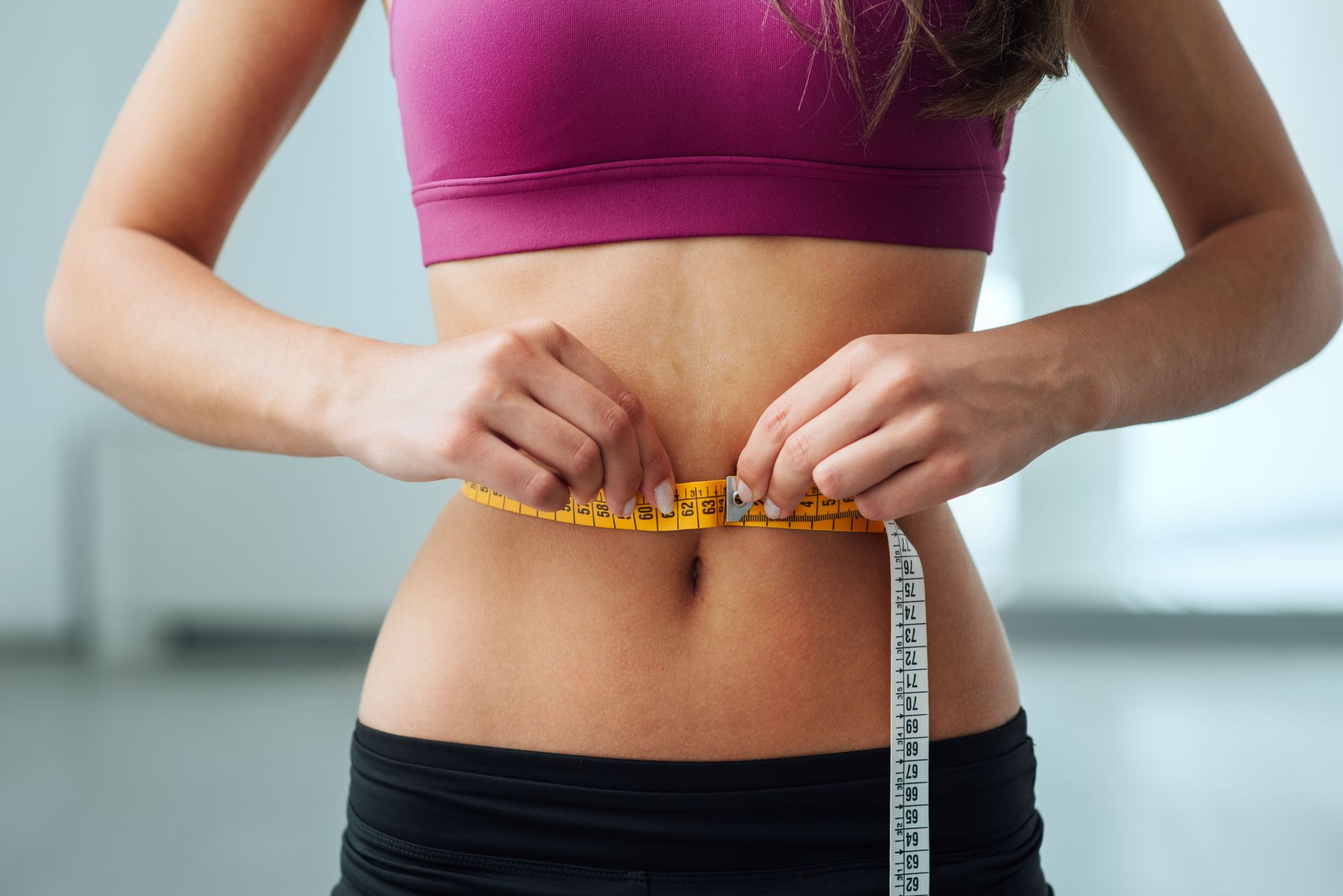


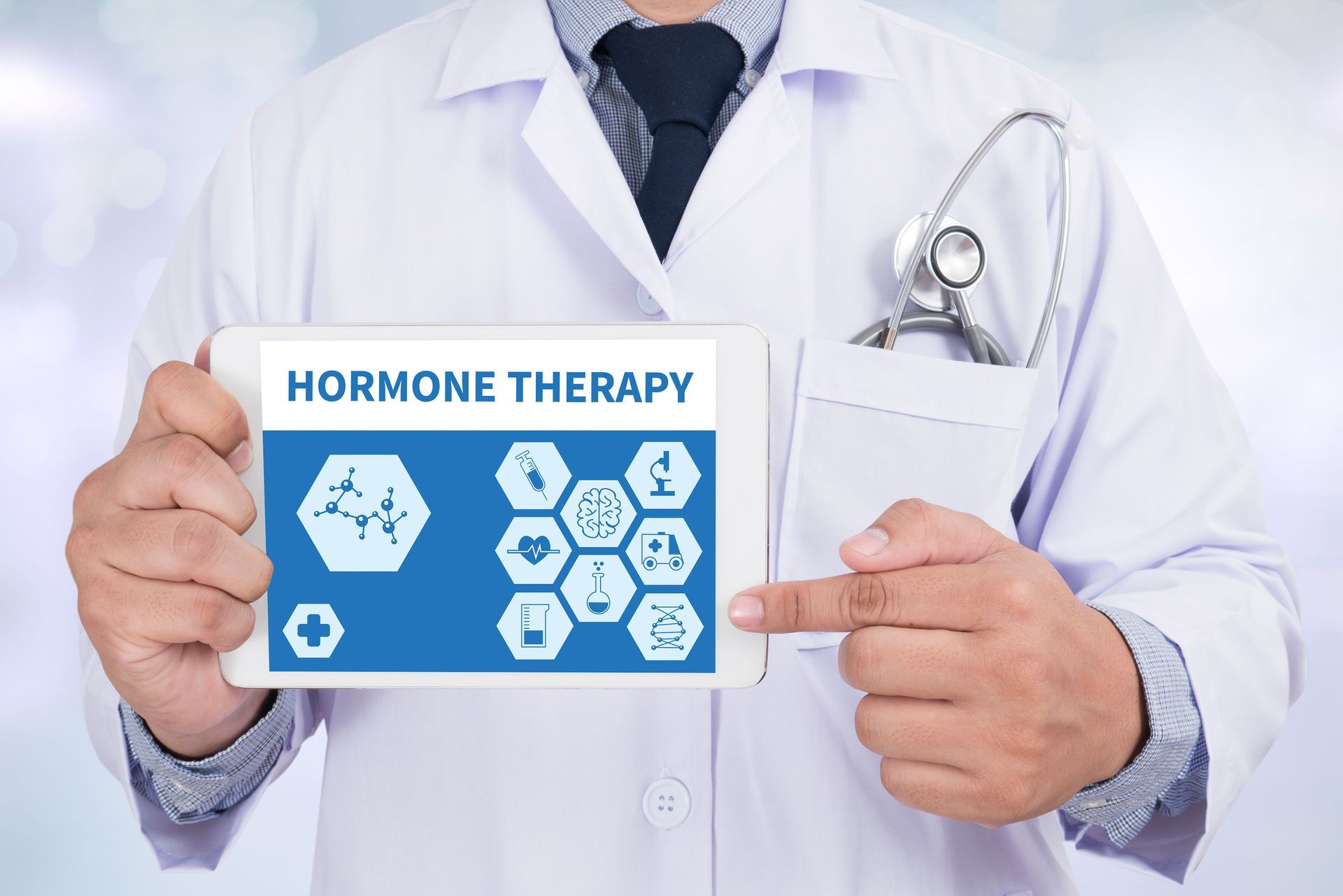
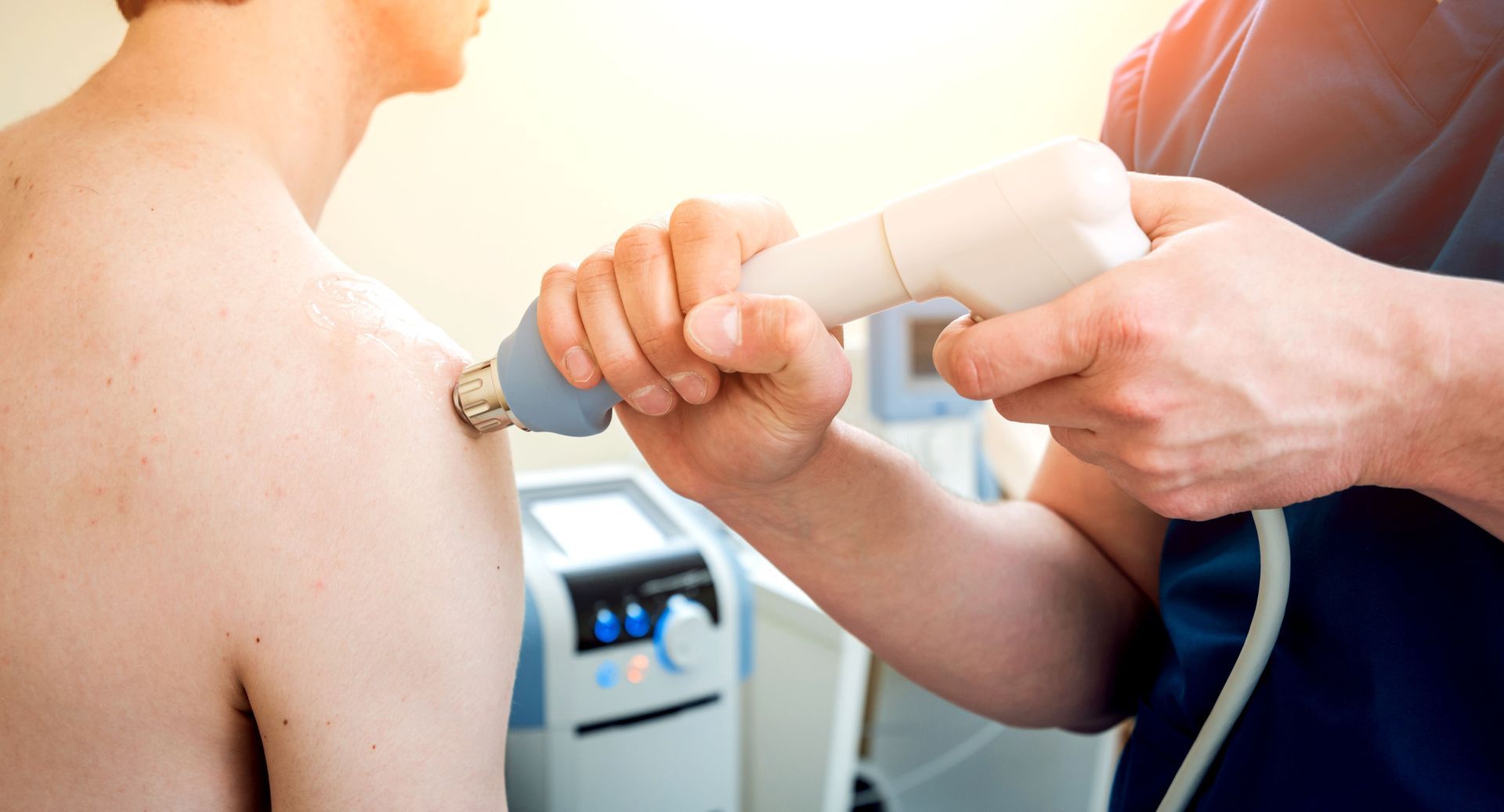

Share On: